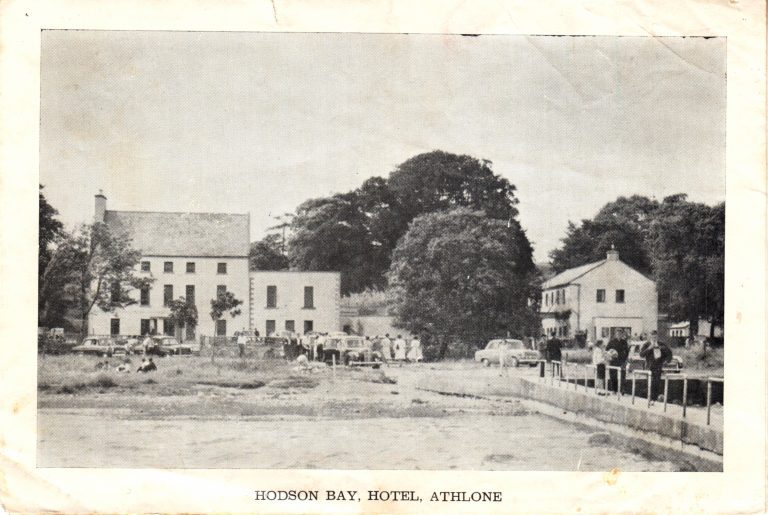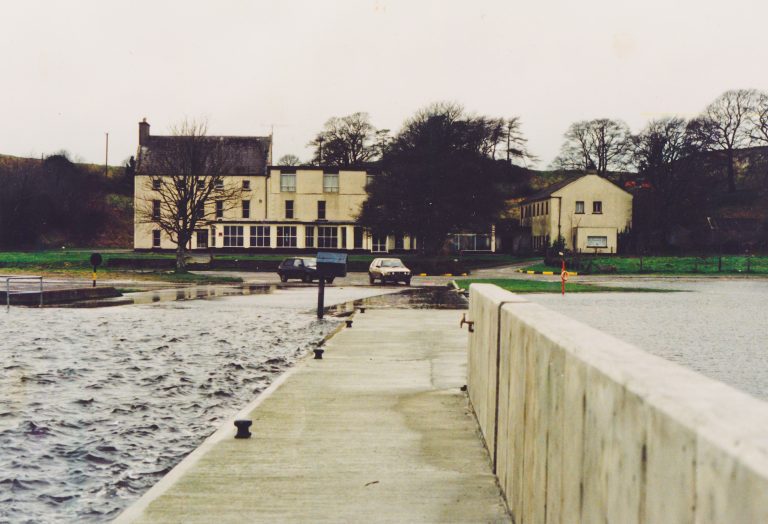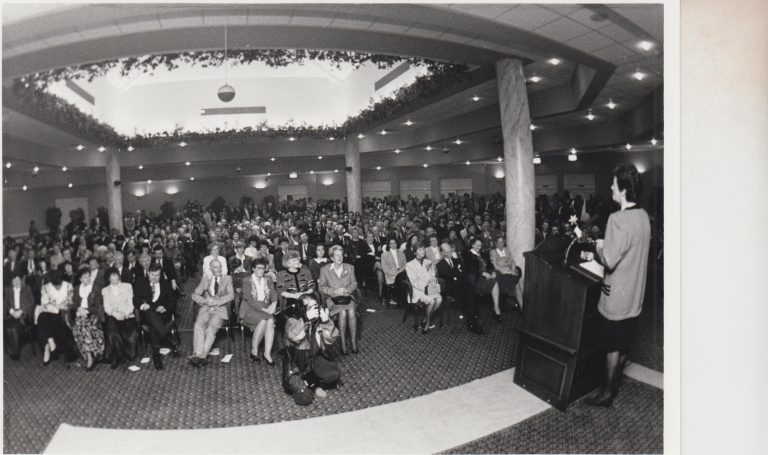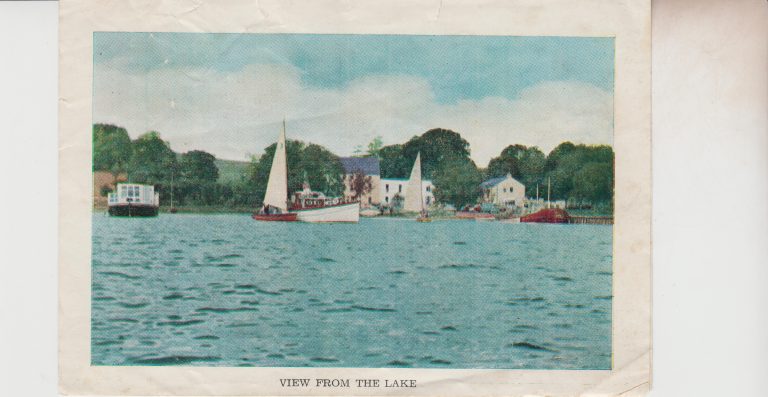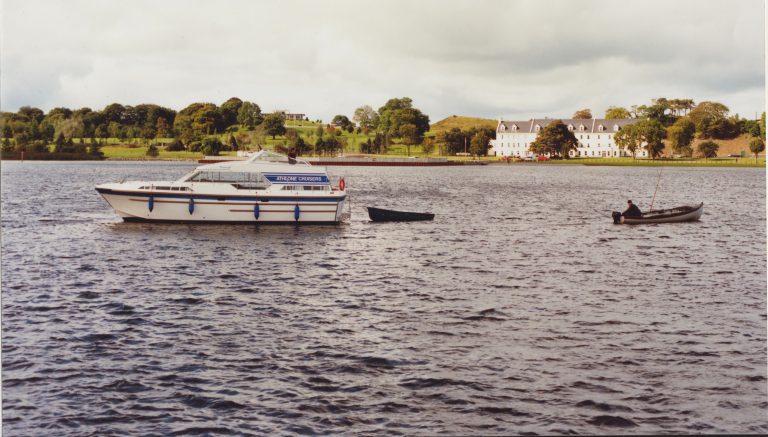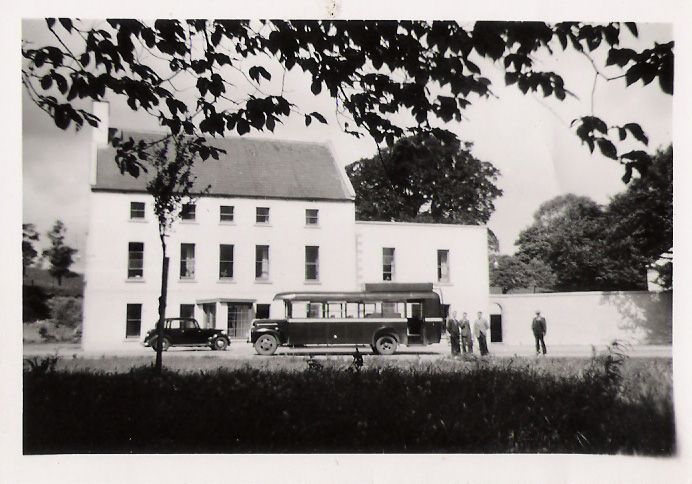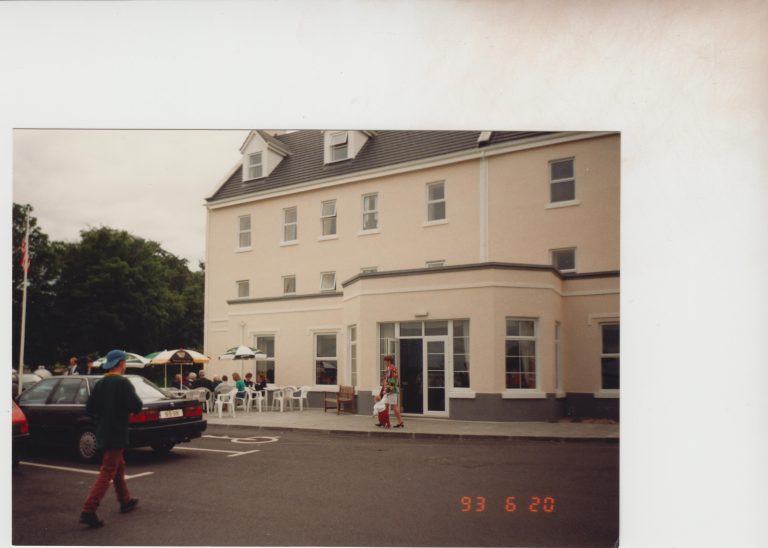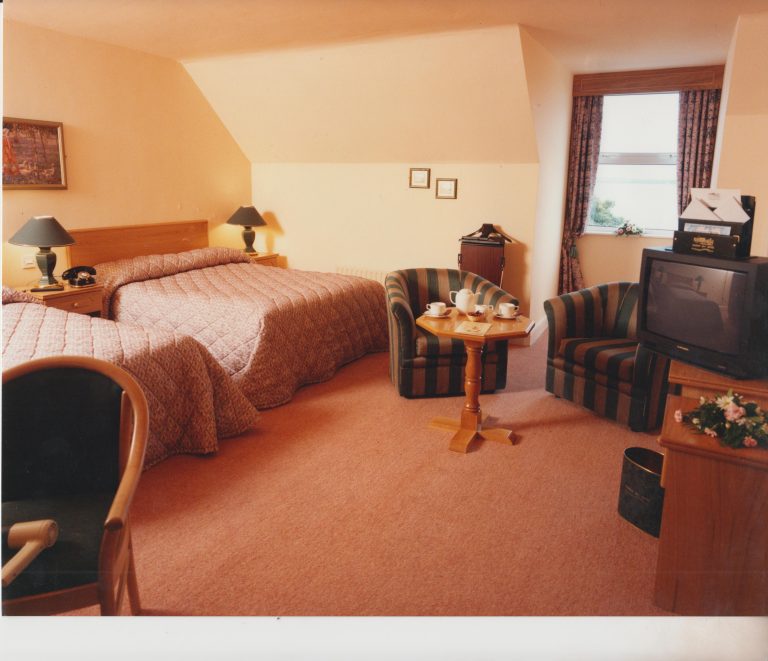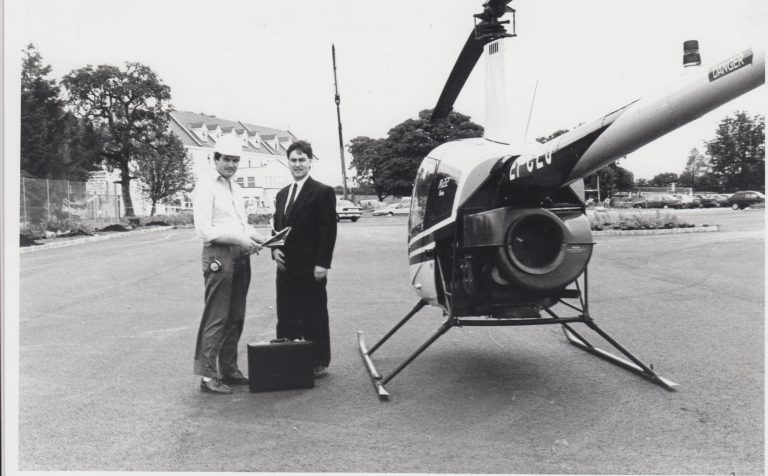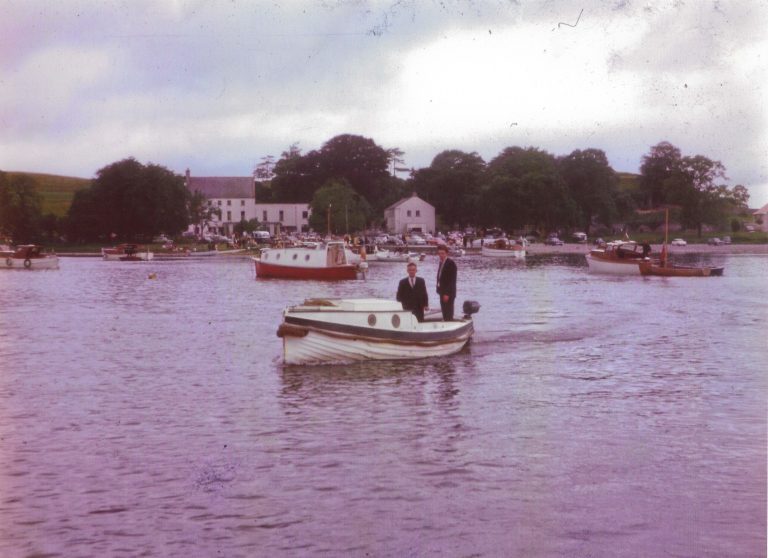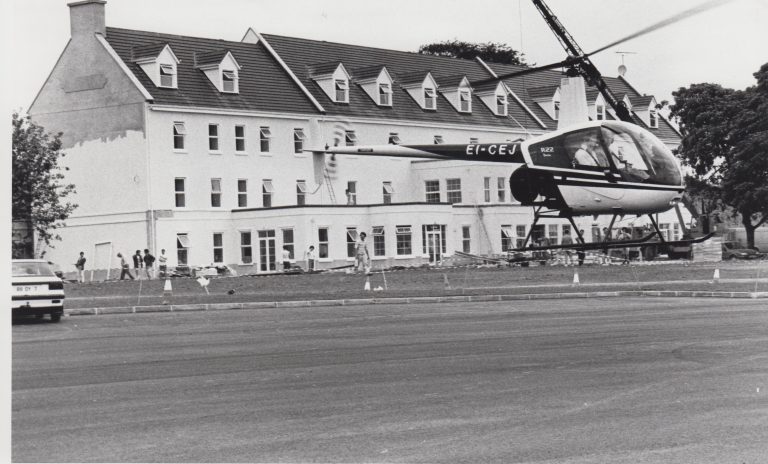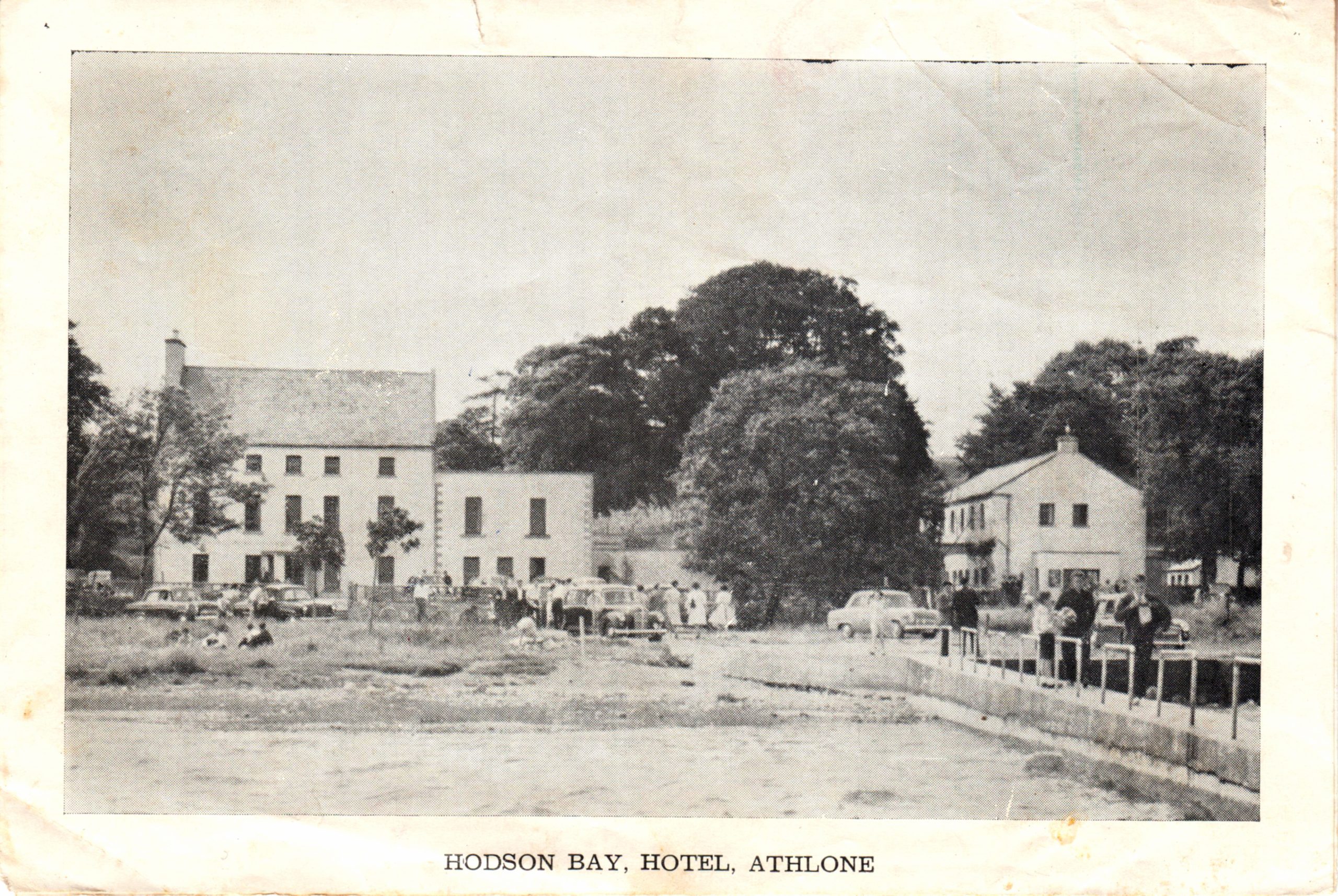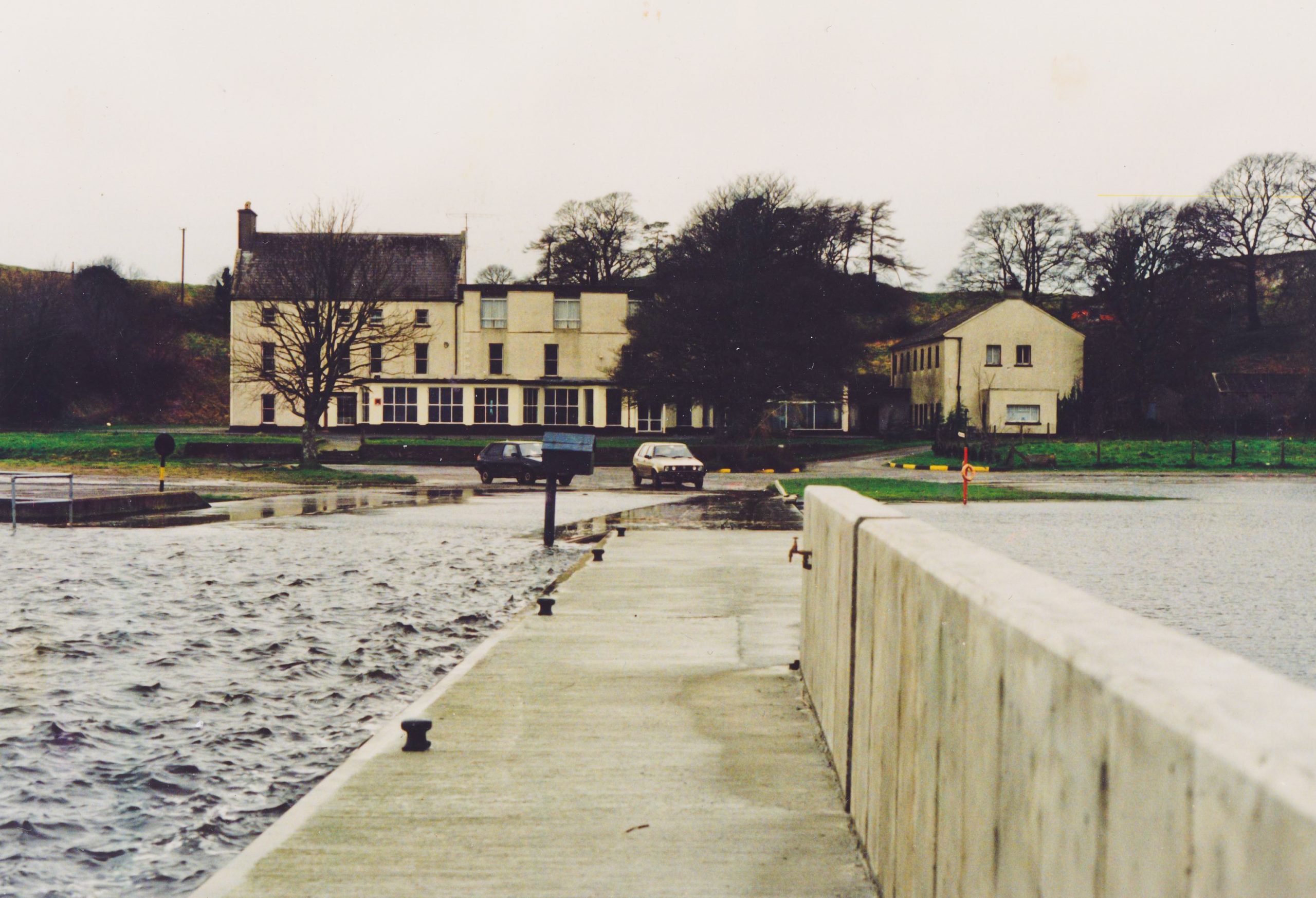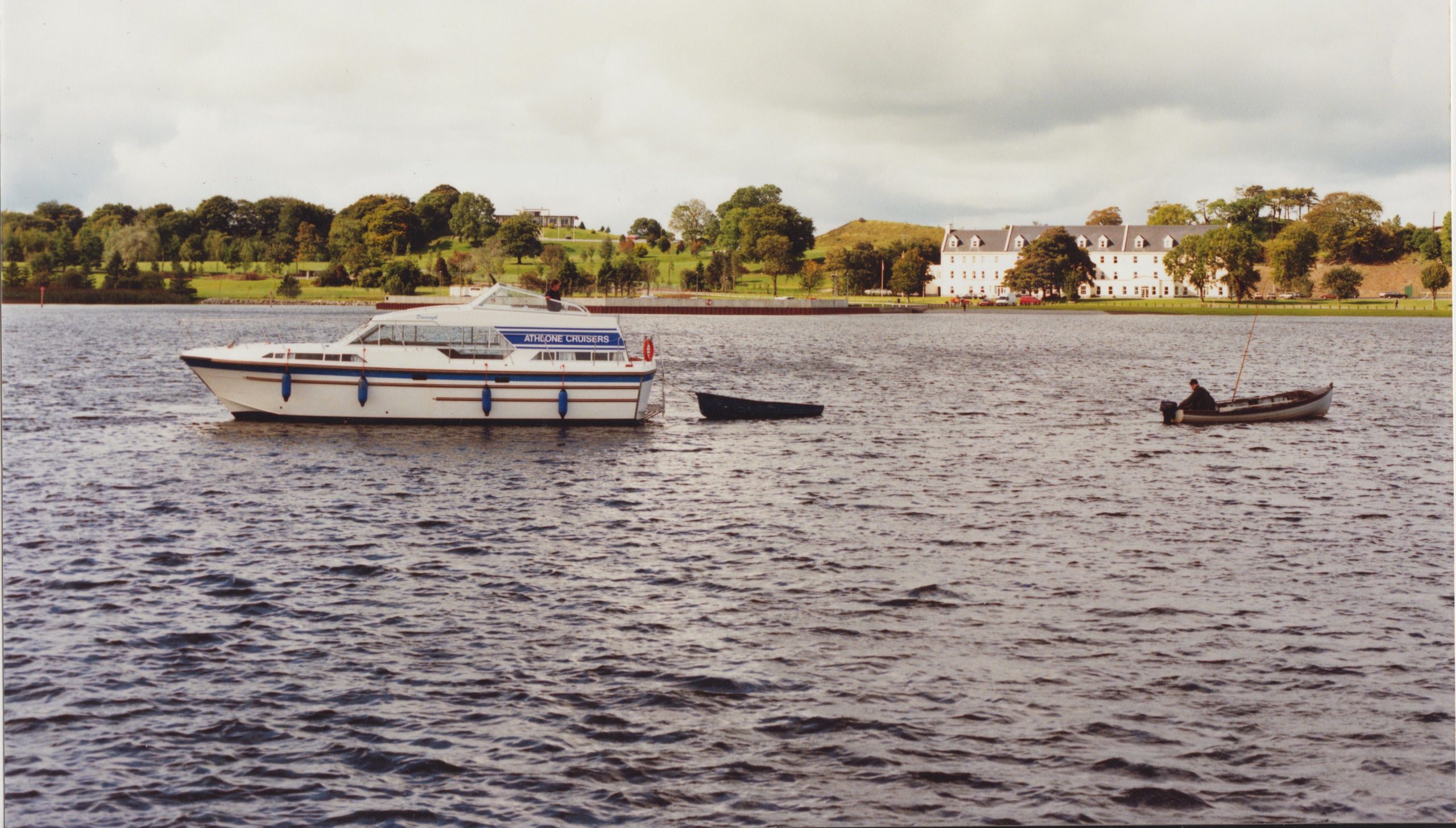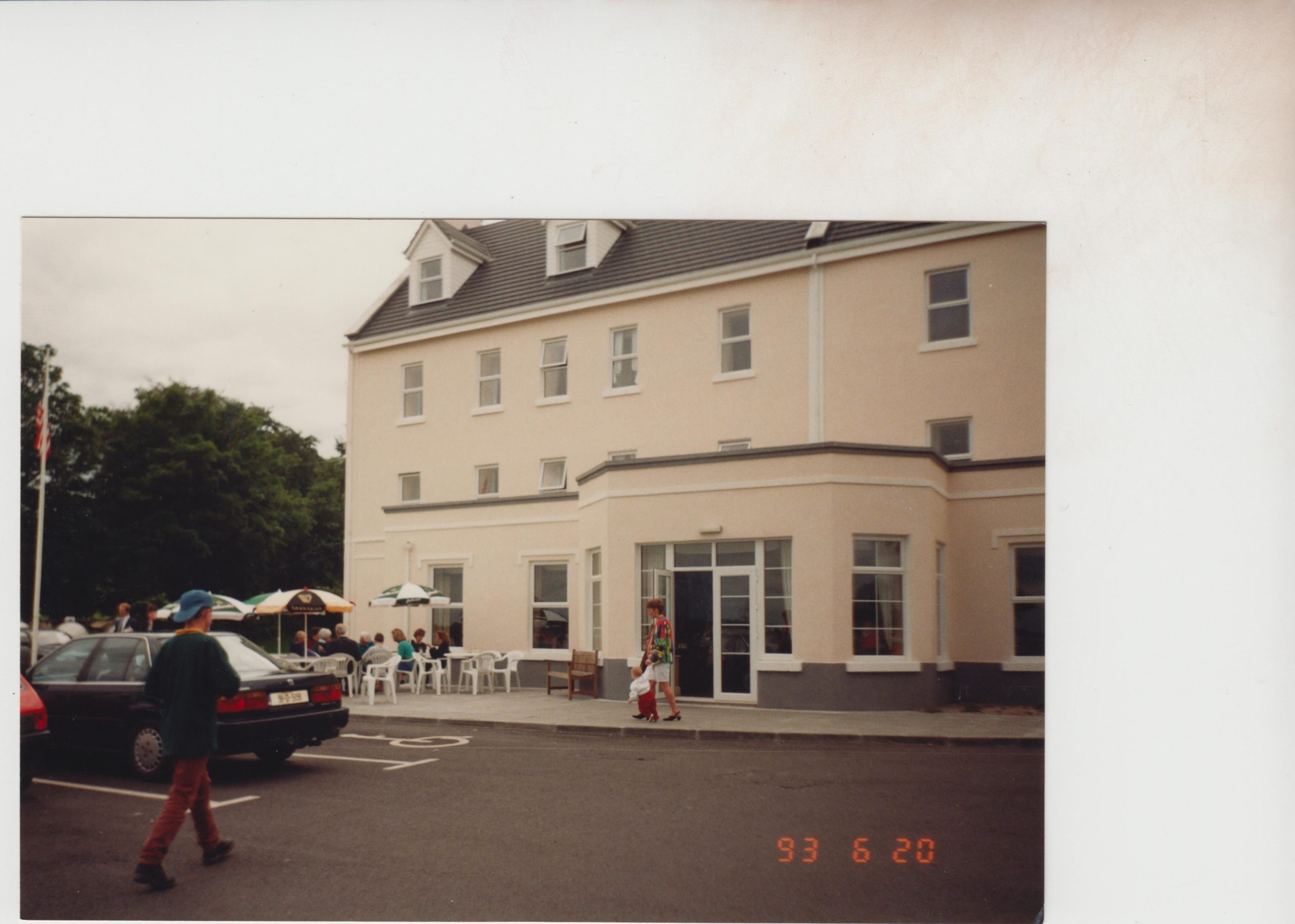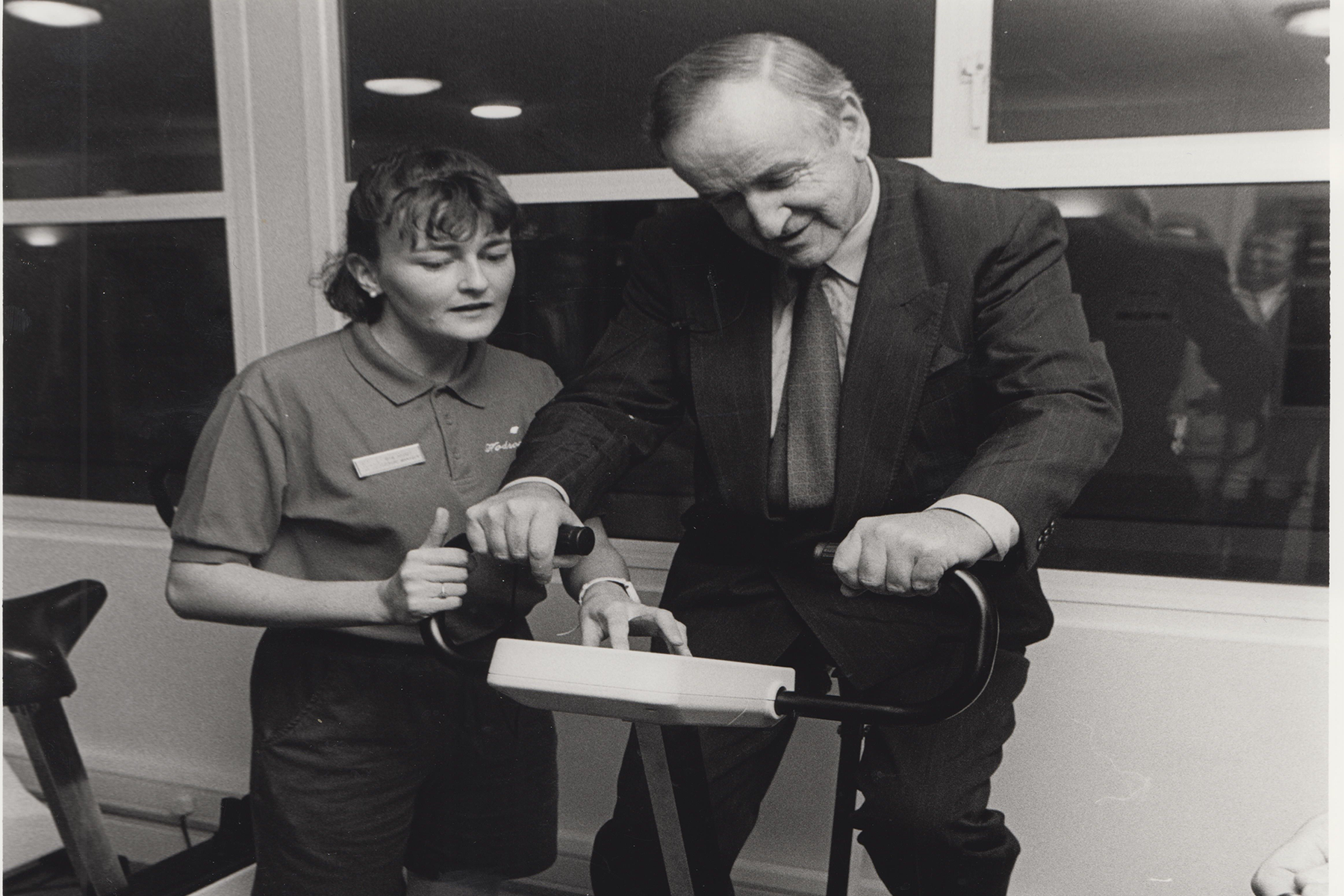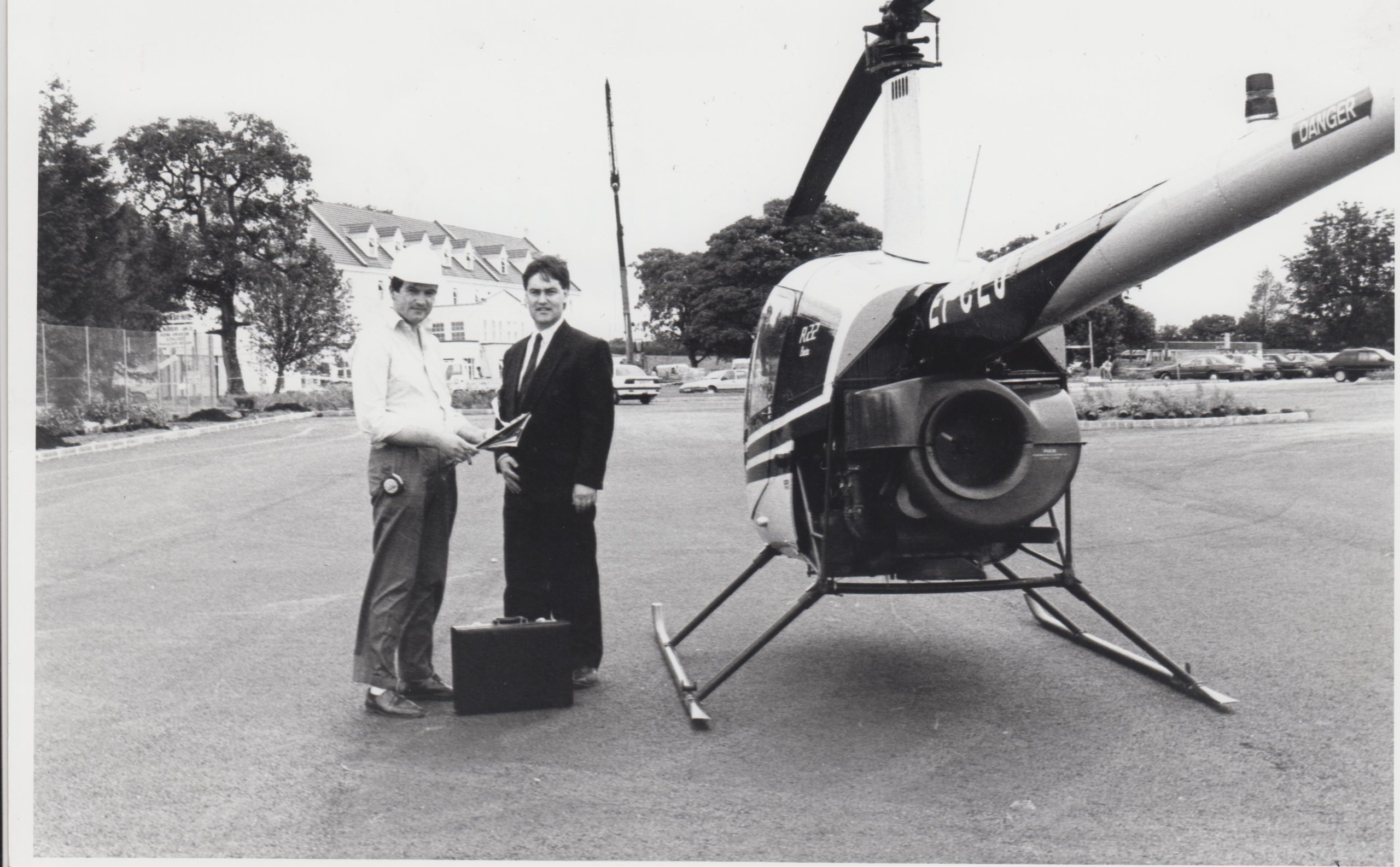The Story of Hodson Bay
Our History
Long before the foundations of the hotel were laid, Hodson Bay was a place of spiritual refuge. The site was originally home to St John’s Abbey, a Catholic monastery that thrived under Jacobite rule. Across Lough Ree, early Christian monks established sacred settlements on nearby islands including Inchbofin, Saint Island, Hare Island and Inchcleraun.
Some of these monastic ruins, dating from the 10th to the 12th centuries, remain visible today. Their presence speaks to a time when devotion, simplicity and sanctuary defined this landscape. Among the discoveries was a carved stone boat, dated 1790, unearthed near Hodson’s Pillar—a silent link to a distant monastic past.
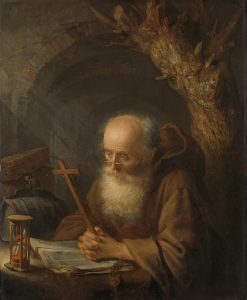
The Vikings arrived in Ireland around 795 and reached Lough Ree by 936, led by Olaf Na Ceann Carach. He established a base on the lake for trade and influence until defeated by Olafr Gothfrithsson, a Dublin based Viking king.
In 1800, Lough Ree revealed an astonishing secret — the largest Viking gold hoard in Western Europe. Though much of it was lost to history, detailed drawings remain as a record of this incredible discovery.

By the thirteenth century, the Anglo Normans had taken control. Rindoon became a royal town under the De Burkes, complete with a market square, windmill, hospital and boatyard. Though its prominence was short lived, the legacy of this medieval town reflects the region’s shifting power and strategic importance.
Meanwhile, Athlone endured, growing into the thriving heart of the Midlands that we know today.
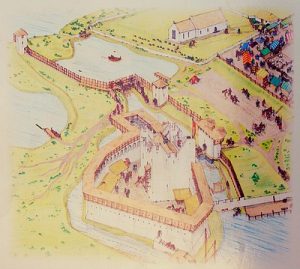
Standing proud on Temple Island, Hodson’s Pillar is one of the most intriguing landmarks in the area. Built during the tenure of Samuel Hodson, this stone structure was more than decorative. It may have served as a beacon to guide boats safely into the bay at night and is reputed to mark the geographical centre of Ireland.
In 1991, restoration work uncovered a hidden treasure inside the tower — a beautifully carved stone boat dated 1790, believed to be of medieval origin. Who hid it, and why, remains a mystery that adds to the magic of Hodson Bay.
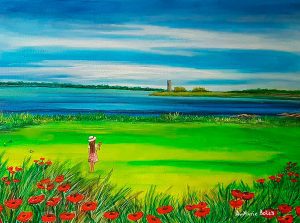
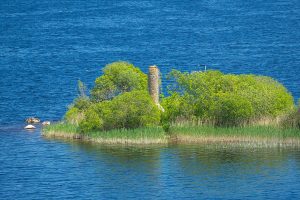
In the 1600s, Cromwell’s campaign brought the Hodson, Gunning, Lloyd and Sproule families to the region. John Hodson, who became Bishop of Elphin, acquired the land once occupied by St John’s Abbey, renaming it Great Berries, later Hodson Bay.
His descendant Samuel Hodson erected Hodson’s Pillar on Temple Island. This elegant stone structure — part folly, part beacon — is said to mark the geographical centre of Ireland and remains visible from the hotel today.
In the 1950s, the estate passed to the Lenihan family, one of Ireland’s best known political dynasties. PJ Lenihan purchased the site, beginning a new chapter of hospitality. The family’s legacy includes Mary O’Rourke, Brian Lenihan Senior and Brian Lenihan Junior, all of whom played significant roles in Irish public life. Their story remains deeply intertwined with Hodson Bay’s identity.
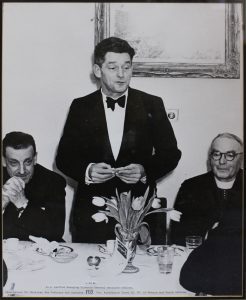
The Hodson Bay Hotel opened its doors in 1992 following a €4 million redevelopment, transforming a ten bedroom house into a 46 bedroom hotel. Further extensions in 1994 and 1999 responded to growing demand.
In 2005, the opening of Hodson Retreat, a luxury spa, and a state of the art leisure centre marked a milestone in its evolution. Today, with 182 guest rooms, award winning facilities and breathtaking views of Lough Ree, Hodson Bay Hotel stands as a celebrated destination for holidays, weddings and events.
Hodson Bay is a place where legend and history intertwine. Alongside the real-life Vikings and bishops, the land whispers stories of saints, sacred springs and even a queen. On Inchcleraun, Queen Maeve is said to have met her end, struck down while bathing. On Hare Island, the monastery of St Kieran of Clonmacnoise still leaves its trace in the form of a Romanesque church and forest planted by Lord Castlemaine.
In more recent years, archaeological discoveries such as Norman carvings, stone heads and early ecclesiastical ruins continue to paint a picture of a spiritually and politically significant landscape that has always been at the centre of Irish life.
The rich history of Hodson Bay is not just preserved — it is shared. Through walking tours, historical exhibitions and local collaborations, the hotel supports heritage education for guests and the wider community. School groups, history enthusiasts and visiting scholars have all walked the grounds, tracing the footsteps of monks, warriors and politicians.
The past is not a backdrop here — it is a living part of our identity. Hodson Bay continues to celebrate its legacy while welcoming the next chapter in its story.
Through the Years
These images offer a window into Hodson Bay’s fascinating past, capturing moments that shaped the land and community through the centuries. From early settlements to more recent memories, each photo tells a story of heritage, resilience and the timeless beauty of this special place by Lough Ree.
